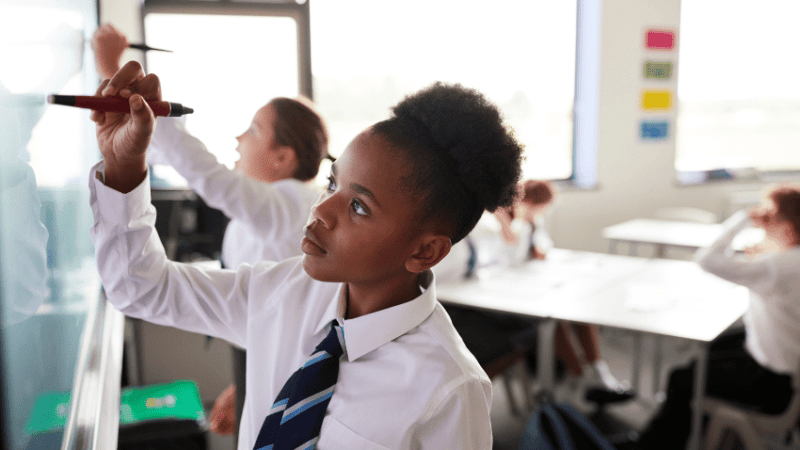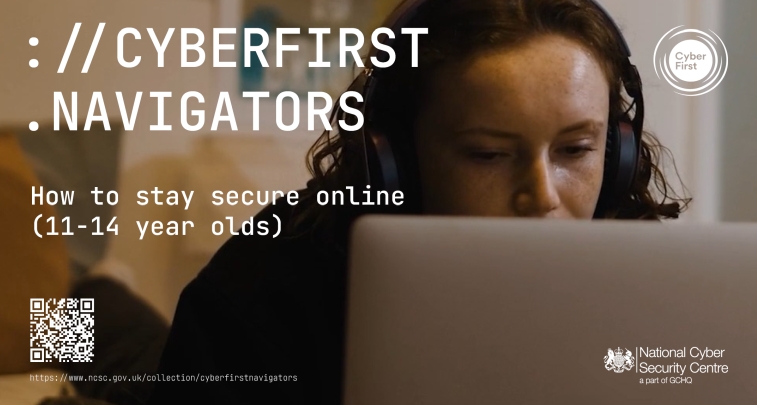School partnerships – Join together to offer more edtech opportunities

Graeme Lawrie MBE discusses how inter-school edtech partnerships could help bring about significant improvements in social mobility…

It’s no secret that budgets are a common topic of conversation among school leaderships.
Leaders are often under immense pressure to provide excellent teaching in a safe environment, while simultaneously managing an ever-growing financial crisis.
A decade-plus of education cuts in real terms have disproportionately impacted poor students, who are now less likely than ever to gain access to the same opportunities as their more affluent peers.
Hidden learning
Technology is changing how we learn and teach, but not everyone has the same opportunity to access it. Edtech can be an important tool in levelling the playing field for students via the following ways:
- Providing more personalised and tailored learning experiences that can better meet the needs of individual students
- Widening access to high-quality resources and content, thus diversifying the curriculum
- Presenting new opportunities for collaboration, communication and connection with others
- Saving teachers time by enabling the use of data to inform instruction and improve learning outcomes
Edtech can help bridge gaps between lower and higher income students by providing them with access to resources – like e-books, online courses and educational apps – that may otherwise be unavailable or inaccessible for financial reasons, ensuring all students have the opportunity to thrive.
Technology is an excellent enabler, especially for students with SEND who might otherwise struggle with traditional classroom learning.
Virtual reality and immersive virtual spaces, such as Minecraft, let players create and refine their own worlds through the use of simulated building blocks, letting them see how things play out visually.
Interactions with tools such as these shouldn’t be restricted to isolated classes that present technology as a separate entity, but should rather be integral to everything schools do. And the only way to accomplish that is to give students regular and consistent exposure to them.
School partnerships are key
If they’re to expand their offerings of new technologies, then school leaders and educators must collaborate and form school partnerships. New technologies give schools the means to provide students with a variety of innovative learning opportunities, ranging from new approaches to producing and submitting coursework online, to blended learning and even flexible scheduling.
Schools can additionally use new technology to help identify and track student progress, create more personalised learning experiences for every student and measure the effectiveness of their staff’s instructional methods.
While there may be no silver bullet to the issues now hitting the education system, there are some areas in which school leaders could consider collaborating in their efforts to ensure all students can access up-to-date technologies and the best possible education.
The first is making links with industry professionals, and seeing whether your school might be able to work with them on a regular school partnerships basis. Local businesses may be be willing and able to provide introductions in person or online to their industries for students interested in pursuing related careers.
Depending on the sector, students could variously learn about how, say, designers come up with new logos and graphical elements, how programmers create games, or what it takes to produce a physical product.
Shared, not duplicated
Independent schools meanwhile have the option of using charity funds to purchase resources, which can then be shared with multiple state sector settings via school partnerships. These can take place on open days, or via dedicated ‘Innovation Labs’ or ‘Maker Space’ facilities.
Another option could be for independent schools to offer their school partnerships ‘outreach box’ packages containing class sets of cameras, VR headsets and more across their region as part of a wider public benefit, social mobility and/ or charitable endeavour.
Great opportunities could also be realised by having equivalent schools come together. A network of 30 or 40 schools could pool their access to shared classroom resources such as computers and tablet devices, thus reducing waste while also cutting down on training time, with teachers free to learn how best to deploy them from others who have already mastered their use.
For their part, edtech companies could be persuaded to provide student ambassadors with free or discounted products in exchange for trialling and testing new hardware and software solutions.
Collaborative, networked arrangements like these can reduce the risk of schools purchasing unsuitable technologies, while at the same time ensuring that in-demand resources are being used to their full potential.
Another bonus is that the costs of technology upgrades can be distributed and shared, rather than duplicated internally across all schools in the network.
A shared ecosystem
That said, edtech is at its most effective when utilised by teachers who know how to integrate it into their broader teaching strategies. Edtech companies could thus go beyond simply installing new technology within schools by also training teachers in its optimal use.
Yet while this might viable for some, it won’t be for everyone. Given the ongoing lack of resources and opportunities to learn new skills across much of today’s education system, it’s all the more important that school leaders consider ways of creating an ecosystem whereby the benefits of edtech can be shared and used to provide opportunities for all students.
STEM subjects are now widely recognised as important for helping to prepare students for their future careers, and if used correctly, edtech can be instrumental in supporting students as they digest difficult STEM concepts.
Today’s children can expect to encounter many new and different tools over the course of their future careers, so it follows that the teaching they receive now must be sensitive to the unceasing innovation and advancement taking place in the world outside the classroom.
The process of teaching STEM subjects should therefore involve more than just one type of software or form of hardware.
This generation of students should be encouraged to be receptive to change and open to adopting new technologies, while applying themselves to tasks with an adaptive and curious mindset.
Tomorrow’s tech
To ensure future generations are prepared for the challenges of tomorrow, we must provide students with a wide range of learning tools.
As much as possible, cutting edge and disruptive technologies such as VR, augmented reality, 3D printing and whatever follows them should be made familiar to students, who can then put them to use across a range of engineering and STEM-related activities.
Technology is already woven into every area of society, yet more can still be done to make it an integral part of education.
It should be normalised in schools, and made part of every student’s day-to-day expectations. We should be looking to foster environments where students are excited about future developments, and inspired to apply these new tools in the course of their learning.
The future needs more instances of successful collaboration, and we need to work together smartly. Education impacts everyone, and by joining forces, we can provide endless opportunities to the generations ahead.
Graeme Lawrie MBE is school partnerships director at ACS International Schools and a member of the Bett Advisory Board.












